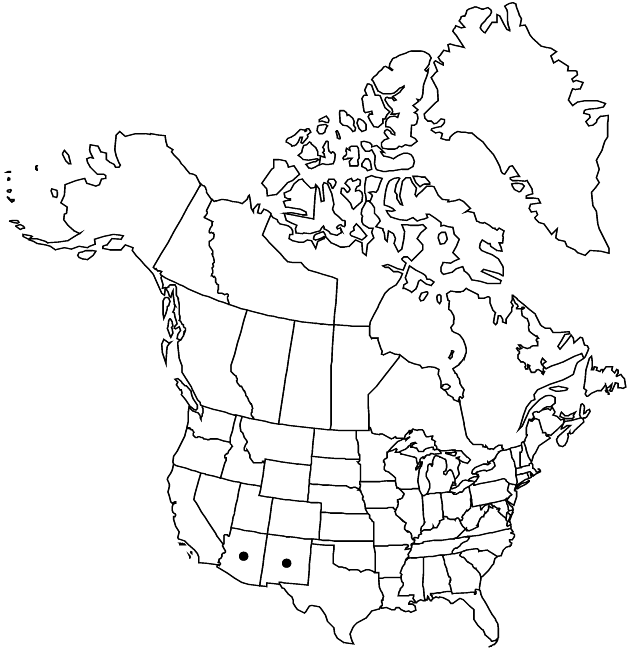Difference between revisions of "Cirsium grahamii"
Smithsonian Contr. Knowl. 5(6): 102. 1853.
FNA>Volume Importer |
imported>Volume Importer |
||
| (5 intermediate revisions by 2 users not shown) | |||
| Line 33: | Line 33: | ||
-->{{#Taxon: | -->{{#Taxon: | ||
name=Cirsium grahamii | name=Cirsium grahamii | ||
| − | |||
|authority=A. Gray | |authority=A. Gray | ||
|rank=species | |rank=species | ||
| Line 48: | Line 47: | ||
|publication year=1853 | |publication year=1853 | ||
|special status= | |special status= | ||
| − | |source xml=https:// | + | |source xml=https://bitbucket.org/aafc-mbb/fna-data-curation/src/2e0870ddd59836b60bcf96646a41e87ea5a5943a/coarse_grained_fna_xml/V19-20-21/V19_85.xml |
|tribe=Asteraceae tribe Cardueae | |tribe=Asteraceae tribe Cardueae | ||
|genus=Cirsium | |genus=Cirsium | ||
Latest revision as of 19:57, 5 November 2020
Biennials, 50–100 cm; taproots slender and fascicles of thick fibrous roots. Stems 1, erect, thinly arachnoid and/or puberulent to short-pilose, sometimes ± glabrate; branches 0–4, ascending. Leaves: blades oblanceolate to oblong-elliptic, 20–30 × 3–8 cm, spinulose and otherwise entire or coarsely dentate to deeply pinnatifid, lobes entire or coarsely few toothed or lobed, main spines slender, 3–6 mm, abaxial ± persistently gray-tomentose, sometimes pilose along veins, adaxial faces thinly arachnoid and ± glabrate; basal often present at flowering, sessile or narrowly winged-petiolate; principal cauline gradually winged-petiolate or sessile, reduced distally, bases sometimes clasping or short-decurrent; distal cauline ascending, becoming bractlike, narrow, lobed or not. Heads 1–5. Peduncles 10–30 cm. Involucres hemispheric, 2–3 × 2–4 cm, thinly arachnoid or glabrous. Phyllaries in ca. 8 series, imbricate, proximally brownish, distally dark purplish, lanceolate to linear, margins of outer hispidulous-ciliolate, spiny fringed, pinnately spiny or with scarious appendages, abaxial faces with prominent, glutinous ridge; outer and middle appressed or only apices spreading, bodies minutely spinulose-denticulate, spines erect to ascending, 1.5–2.5 mm; apices of inner phyllaries often flexuous, flat, scabridulous. Corollas deep purple, 22–30 mm, tubes 13–18 mm, throats 4–5 mm, lobes 5–8 mm; style tips 4–4.5 mm. Cypselae tan with dark speckles to dark purplish brown, 4–5.5 mm, apical collars not differently colored; pappi 13–18 mm. 2n = 32 (Mexico).
Phenology: Flowering Jul–Sep.
Habitat: Oak woodlands, coniferous forests, meadows, often in damp soil
Elevation: 1400–2600 m
Distribution

Ariz., N.Mex., Mexico (Chihuahua, Durango, Sonora).
Discussion
Cirsium grahamii occurs in the mountains of southeastern Arizona and southwestern New Mexico. It forms hybrid swarms with C. parryi and C. scariosum var. coloradense in the White Mountains of Arizona.
Selected References
None.